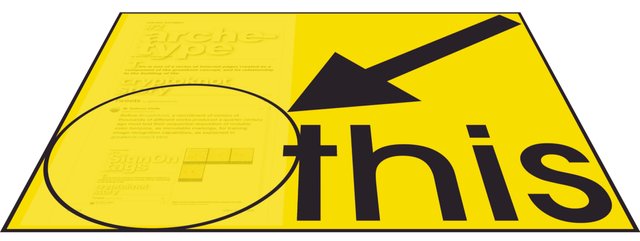
Ultimately, the use of the blockchain explains what really determines the value of art by getting it to where the value is recognizable and enjoyable and, in a commonplace way, appreciable. When “art”, in this instance, is interchangeable with anything you want to put into blockchain: cabbage; programmers; midtown apartments; motherhood; despots; water – whatever – the state of blockchain, in trying to keep art in a place where the enthusiasm of a trend has a chance to survive, is being more helpful to itself than to art. As an example, those less creative can use blockchain to confirm what has value and why.
That was the cynical back story that http://www.greatknot.com/2.html began with. I was very close to setting in motion the first of the exercises in blockchain-level obviousness I was looking for when my brief but effective fit of a conceptual art into a trendy product opportunity got tripped up.
So, some housekeeping is in order; then we'll be back on track.
The digitizing began with a random supply of tags in a bag; a grab bag of sorts. These were not part of those set aside and numbered to match lab books kept during production. These first 20-some, however, used the books for matching their design to a date and number. These are the ones put in Facebook for the bookstore campaign.
When the box with the actual numbered samples began to be digitized in the same random fashion; just matching the image printed in the ledger books; it soon was apparent that a sequential ordering was used on some and that number was not the size of the run.
So everything in the box was laid out in order of what was in the lab books following their pages and fifteen containers found that hold ten designs each. After the 50-odd tags already digitized were marked and returned to the sequential order, digitizing was returned to for putting all up on Facebook – this time beginning with the lowest number in the sequence and working upward.
It's all the same as far as this use of associating blockchain with collectibles goes. This just makes the visual difference in the production sequence even more important in the identification process. There's just no relative rarity among same colorations assured by a record of the run number, unless another source from lab notes or sales records shows up.
However, since the dates on the memes are verified by the books, those sold to actual attendees are more highly represented among the ones that are lower numbered in the sequential order. This means that every response that is verified authentic among these will have been sold at the event.
It only means that every meme with a date before the event date, that is under 150, may be sporting a sequence number and not a run quantity. The DAO can work out whether the number they come out to makes them more valuable from this likelihood they were actually owned by event attendees.
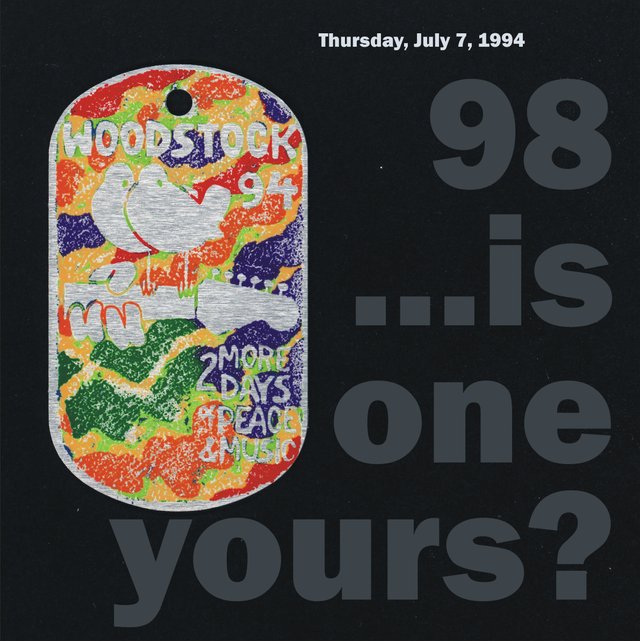
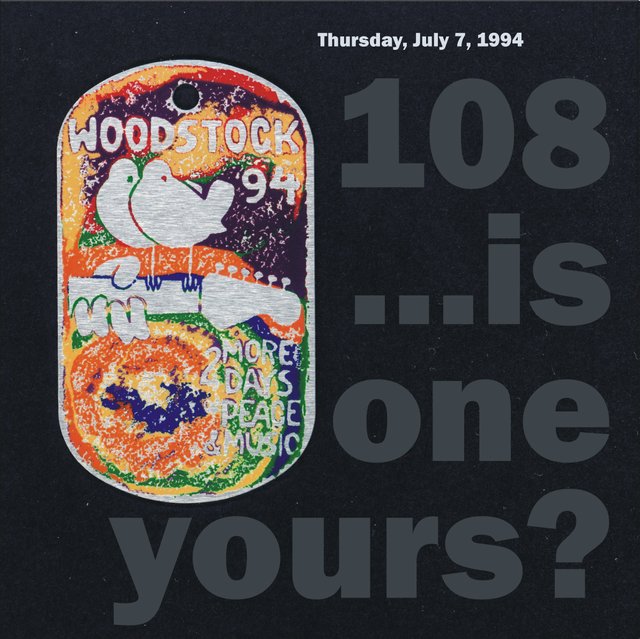
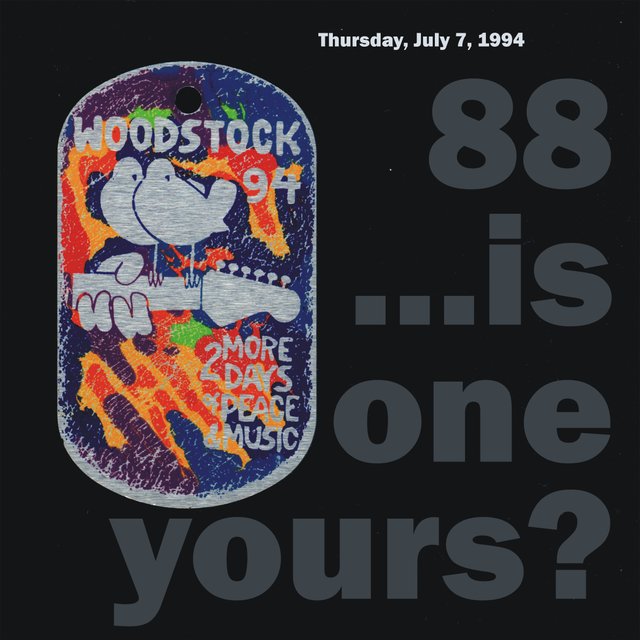
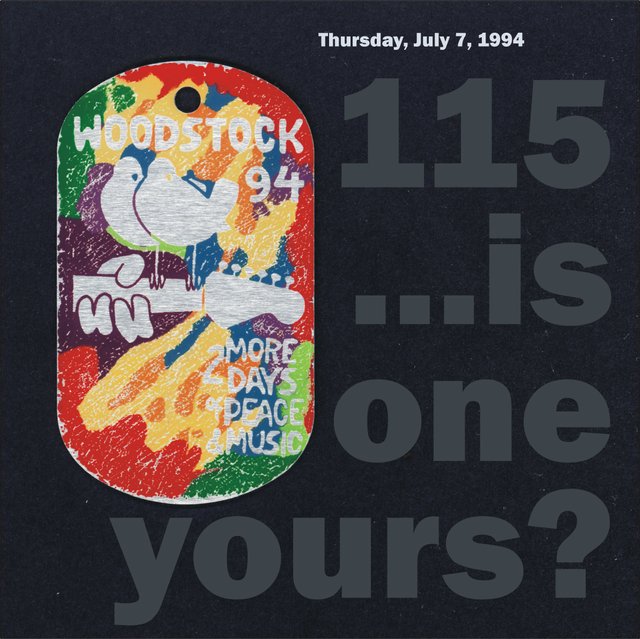
Authors get paid when people like you upvote their post.
If you enjoyed what you read here, create your account today and start earning FREE STEEM!
If you enjoyed what you read here, create your account today and start earning FREE STEEM!